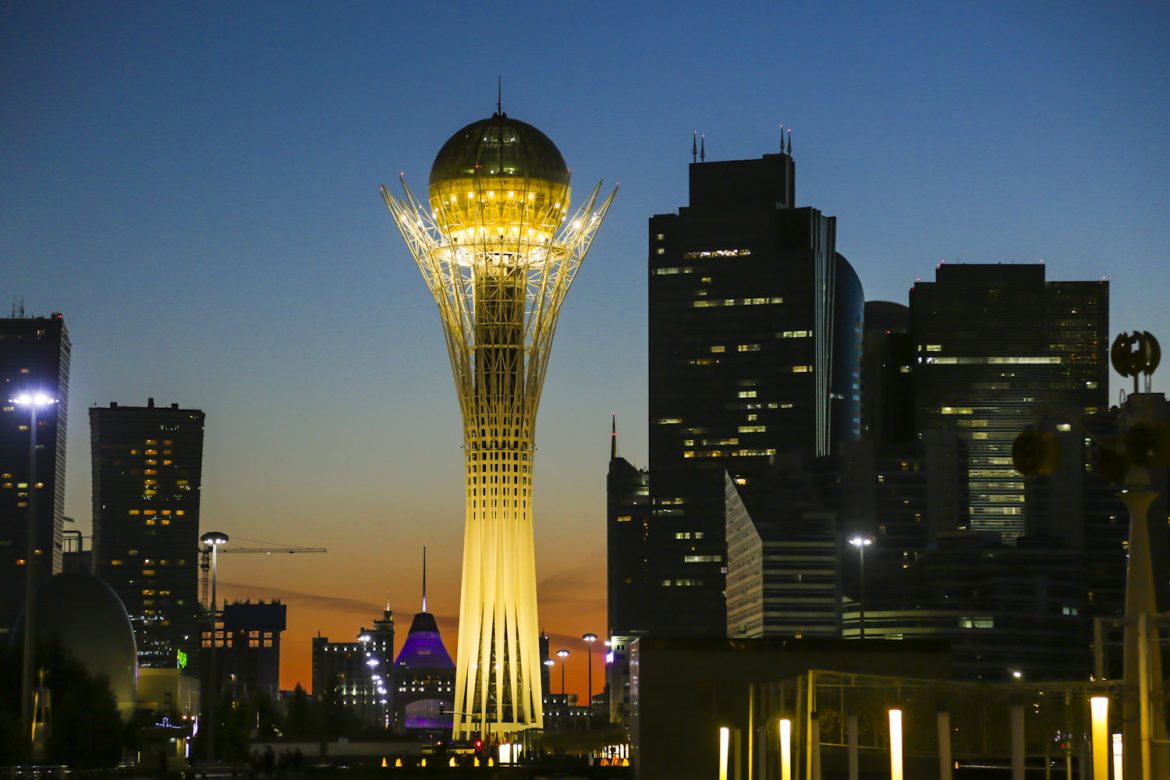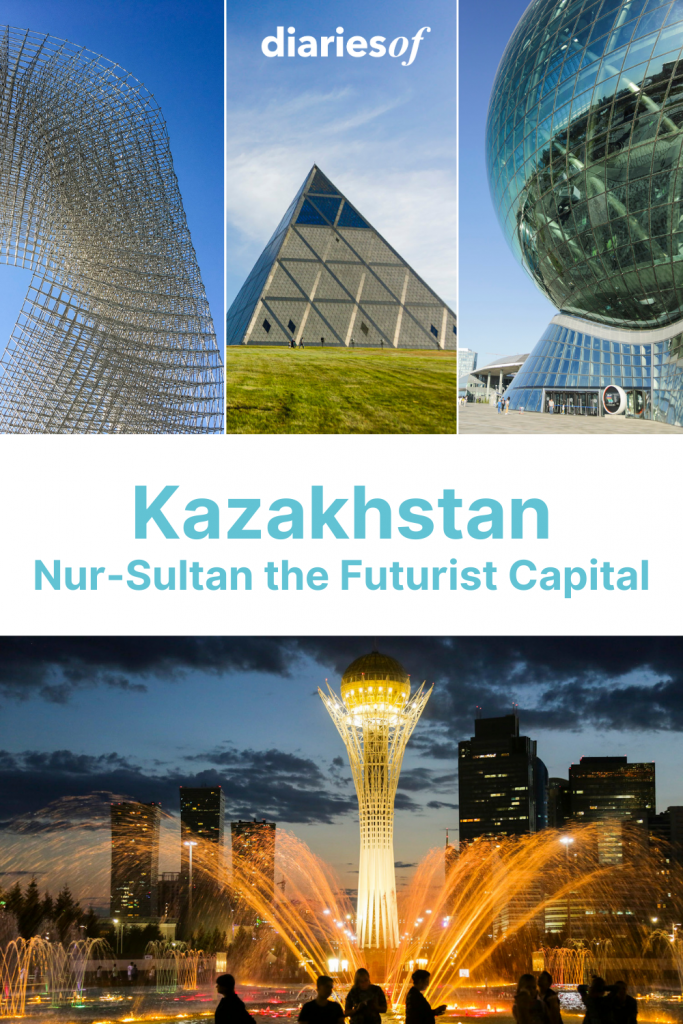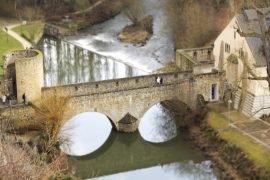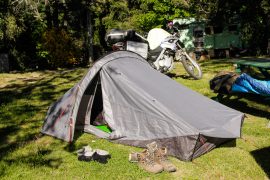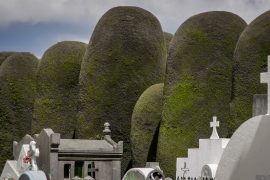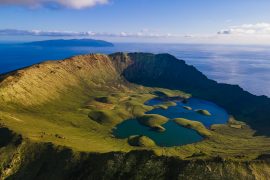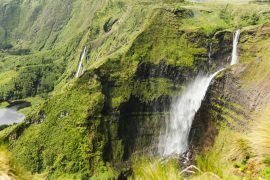If you didn’t know that Nur-Sultan is the capital of Kazakhstan, you can be excused. In 2019, one year after completing its 20th anniversary as the capital of Kazakhstan, Astana has seen its name change to its present name Nur-Sultan, in honour of the country’s long-term leader, who was responsible for the Kazakh’s independence. If you wonder which was the capital city before Astana, wonder no more, it used to be the lovely Almaty, which many consider it should have never lost its title.
Nur-Sultan has got the particularity of being a planned city, which was constructed in the middle of the desert. Its architectural master-plan was designed by Japanese architect Kisho Kurokawa, one of the founders of the Metabolist Movement. It is perhaps because it was planned in its entirety from the beginning, that Nur-Sultan has such large avenues, with residential areas spread throughout the city. Because it is such a recent city it is a very modern and futuristic city.
Below are some of the landmarks of the city that you should not miss when visiting Nur-Sultan.
Bayterek Tower
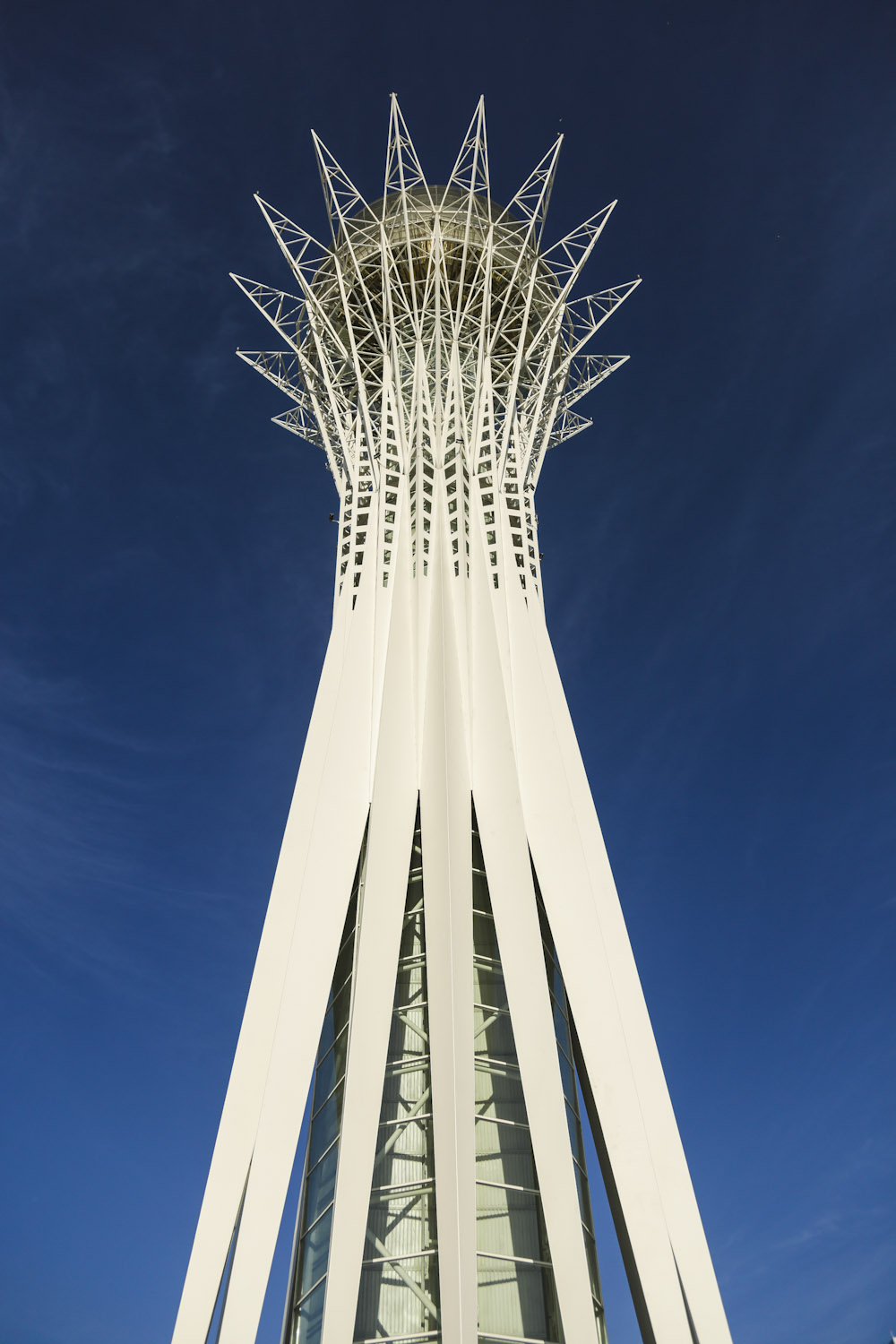
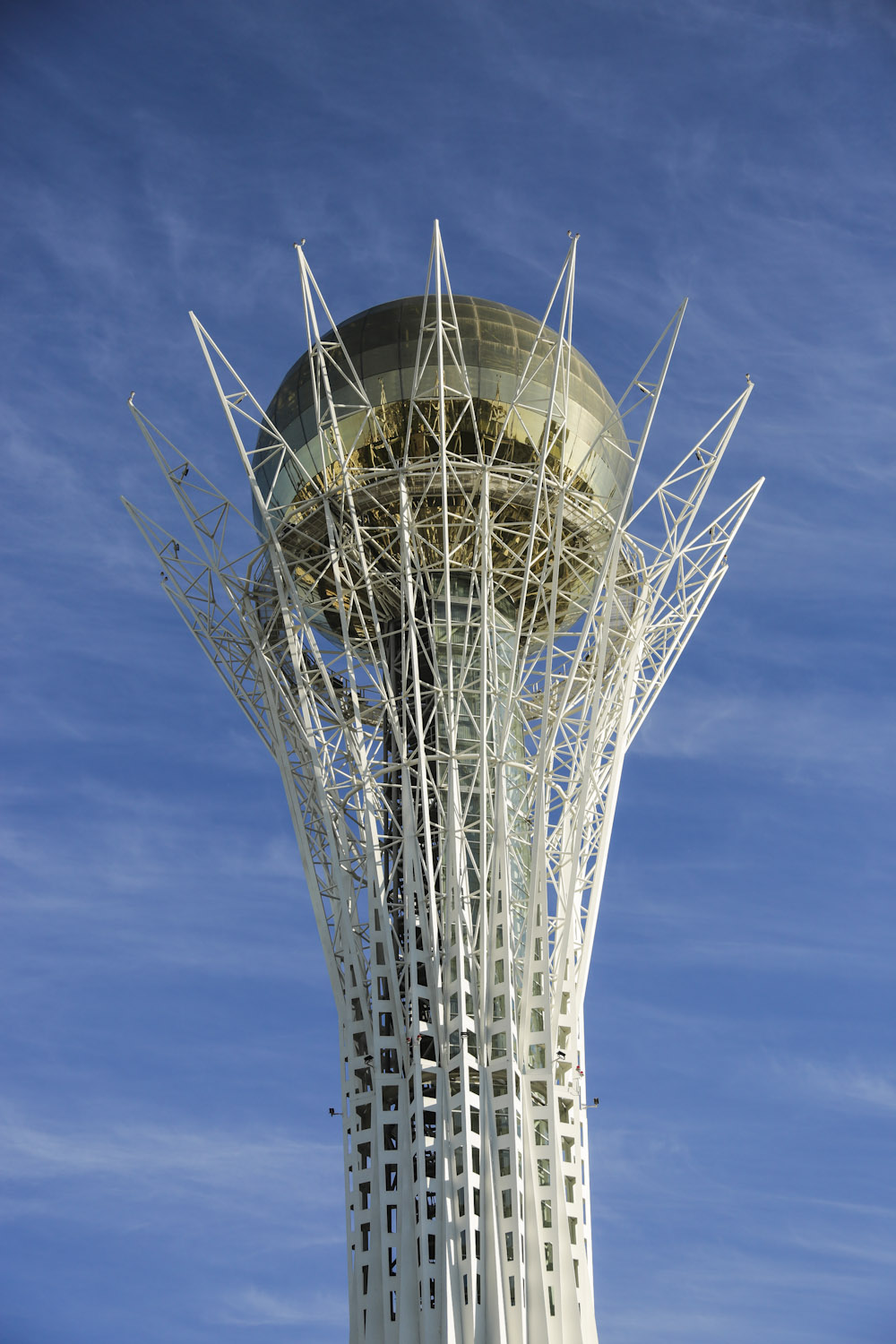
This tower is the landmark of the city and it also offers great views over the city from its observation deck in the top sphere. The 105 metre tall tower was designed by Kazakh architect Akmurza Rustembekov. Its design represents a folk tale according to which a magical bird called Samruk laid his eggs between tree branches that connected the sky to the earth. The Samruk’s eggs represent the sunshine and new life. For this reason, the tower is called Bayterek, which in Kazakh means Tree of Life.
Entrance Fee: Around 2 EUR
Presidential Palace Ak Orda
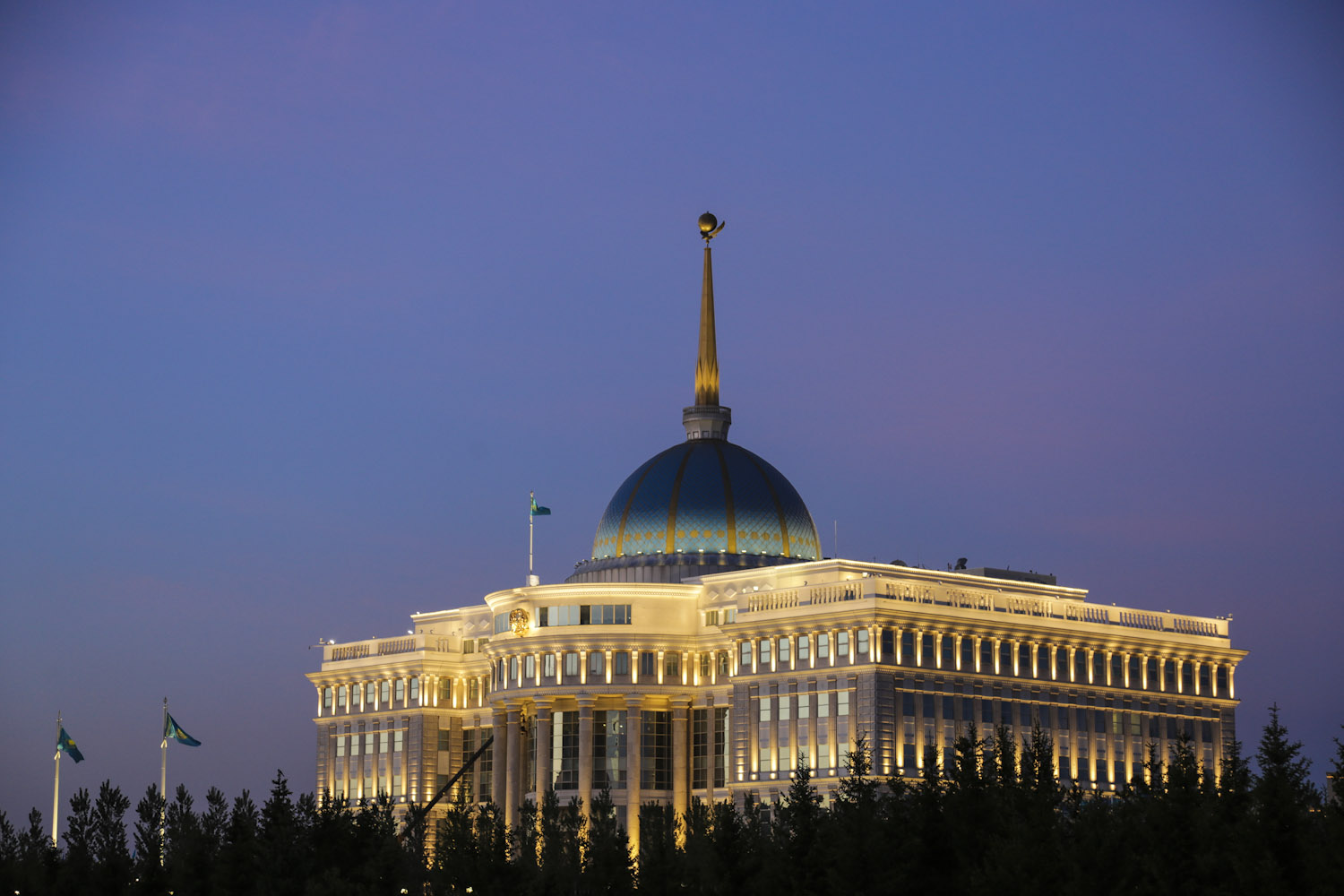
Ak Orda is mistakenly called the residence of the President of the Republic of Kazakhstan. It is in fact his working place, and therefore, the place where the most important decisions of the country are made. With its blue cupola it is one of the most emblematic buildings in the city. The building has got the particularity of housing a hall in the shape of a traditional Kazakh yurt.
Palace of Peace and Reconciliation
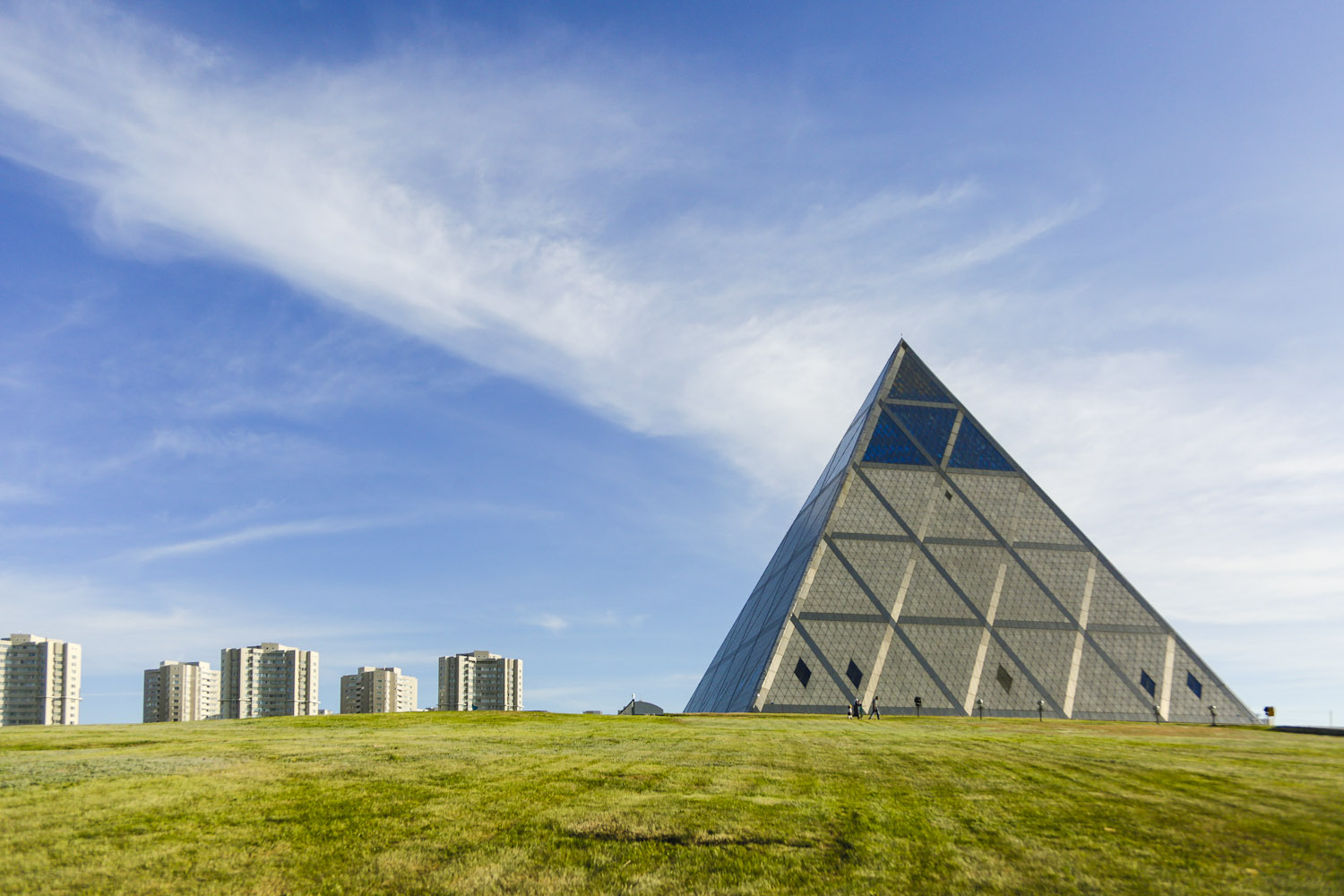
This building is also known as the Pyramid of Peace and Account and was designed by British architect Norman Foster. It is used as a Spiritual centre and it houses several Congress Halls, designed for summits and congresses organised by different world religions. If you are surprised about this, you shouldn’t. This building makes all the sense in a city that was awarded the title of the City of Peace by UNESCO in 1999. Religious tolerance is an important mattter in Kazakhstan, therefore this building ends up being symbolic of religious tolerance.
Kazakhstan Central Concert Hall
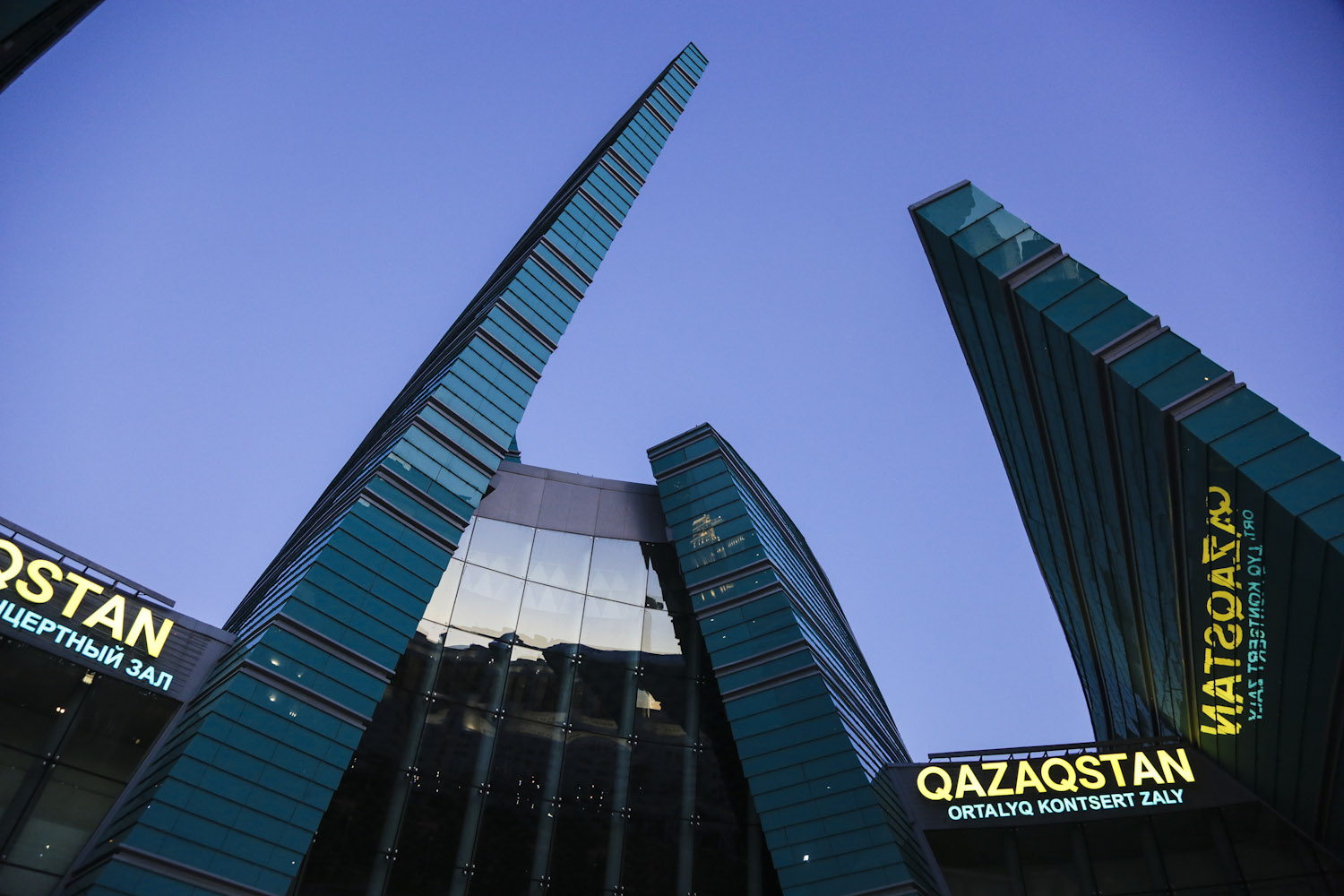
The Central Concert Hall Kazakhstan is a unique complex in the young capital. It was designed by Manfredi Nicoletti to house events of various levels, such as concerts of international and national musicians, celebrations and official meetings, exhibitions, conferences, presentations.
The Nurzhol Boulevard
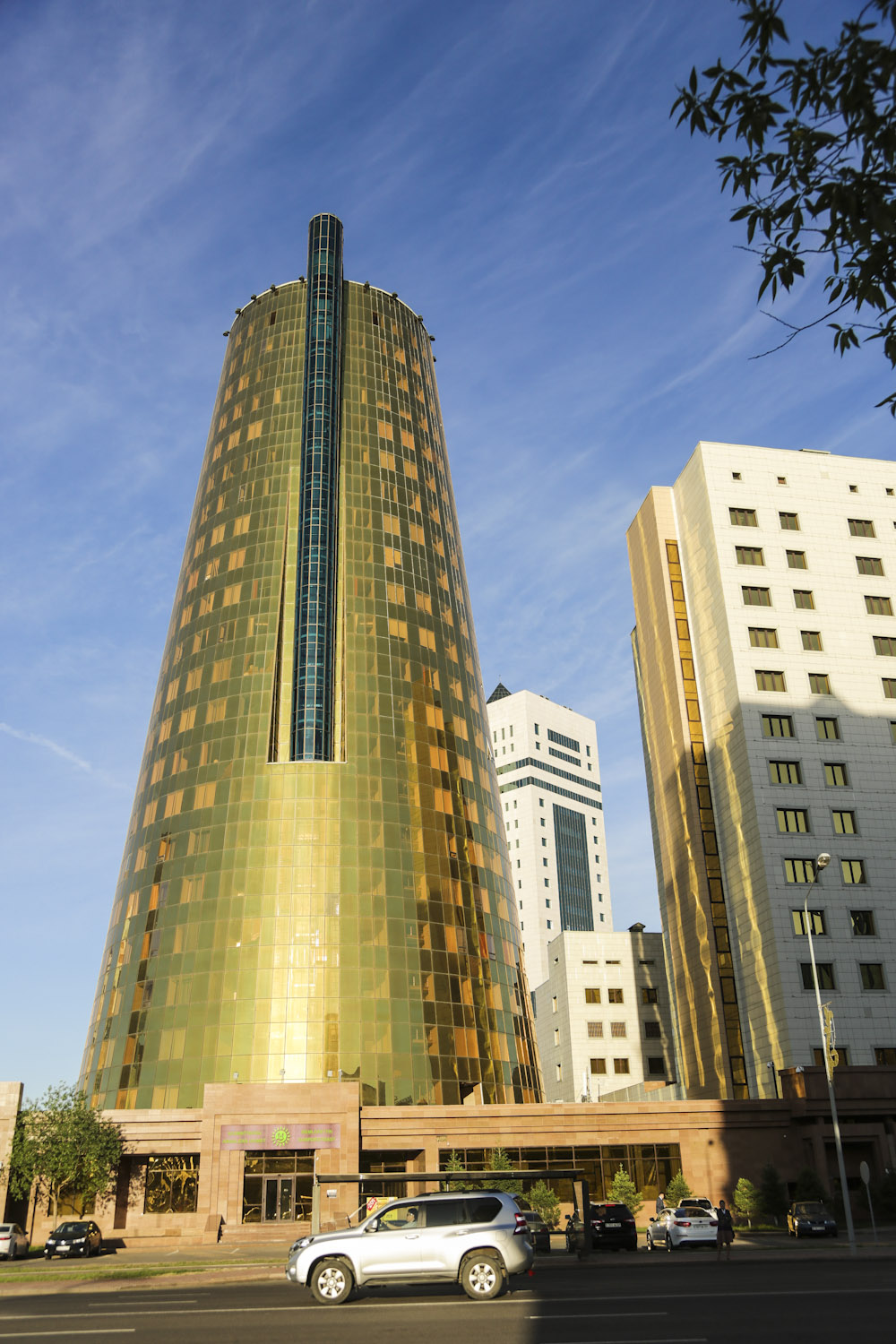
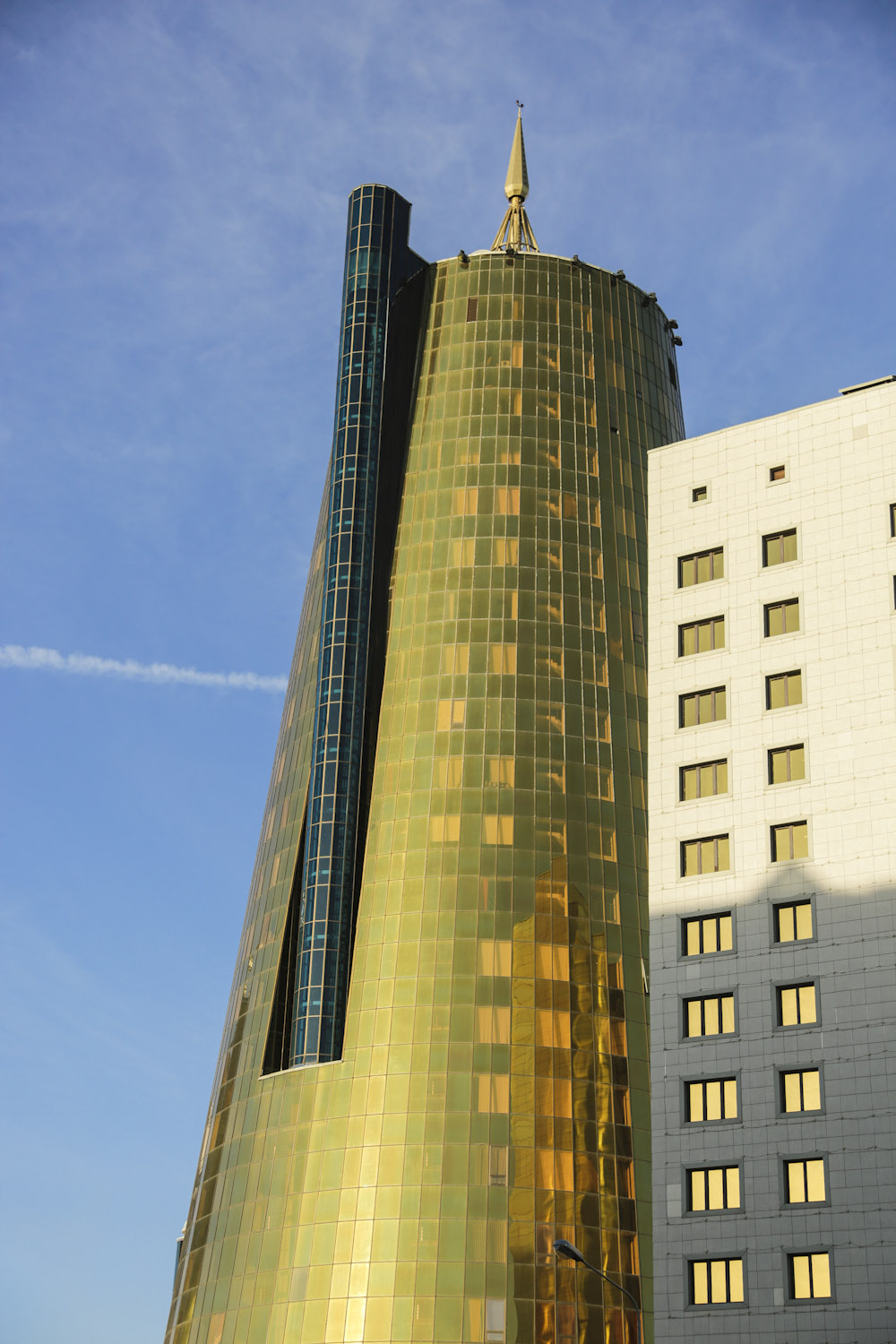
The Nurzhol Boulevard is a recreational pedestrian zone which is considered the national boulevard of the country. It is located on the left bank of the Ishim River, in the business and administrative centre of town. It goes from the Presidential Palace to the Khan Shatyr Entertainment Centre (another Norman Foster building), a total distance of more than three kilometres. Along the boulevard, one finds a line of buildings designed by the most renowned national and international architects, as well as a beautiful row of fountains.
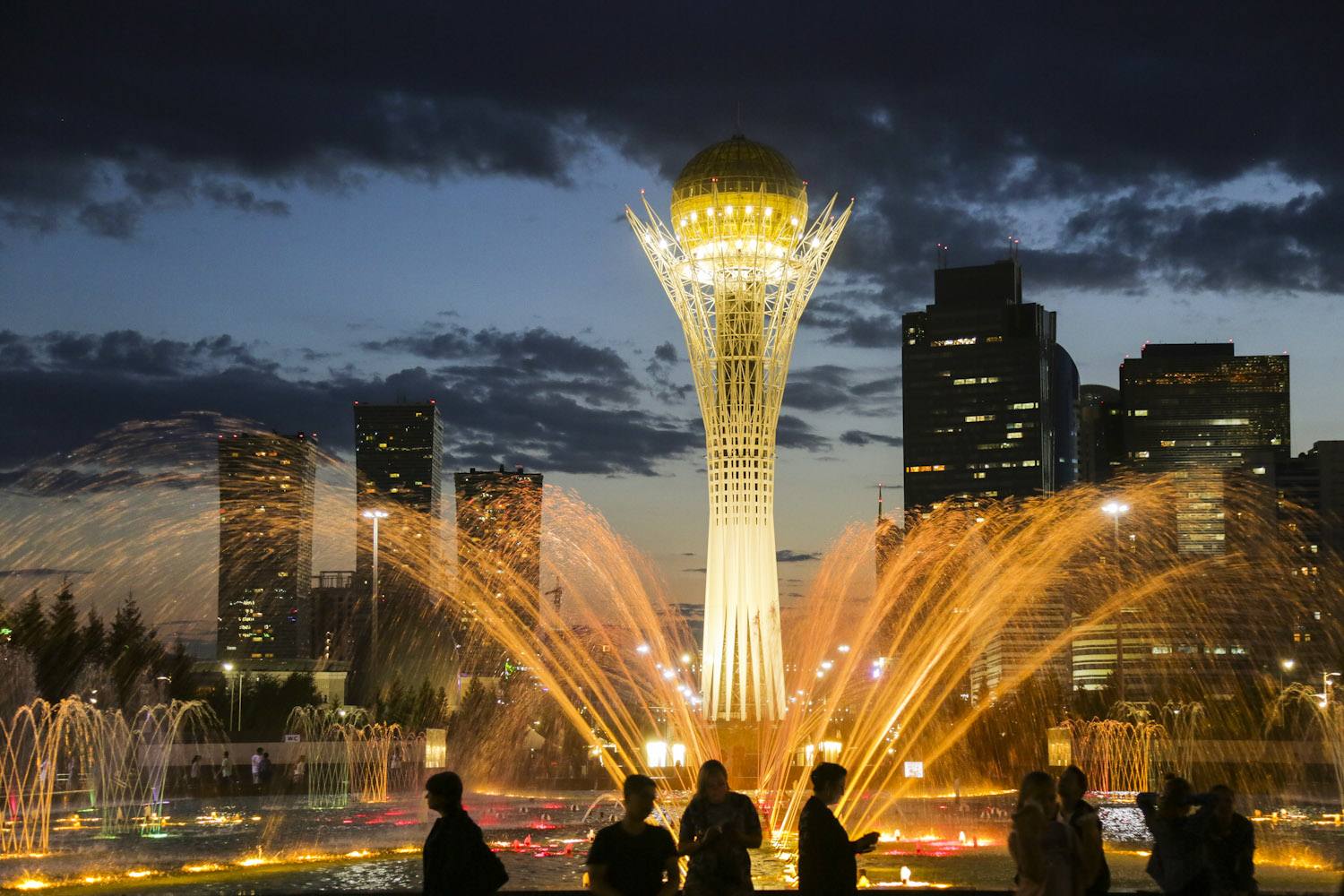
Shabyt Kazakh National University of Arts
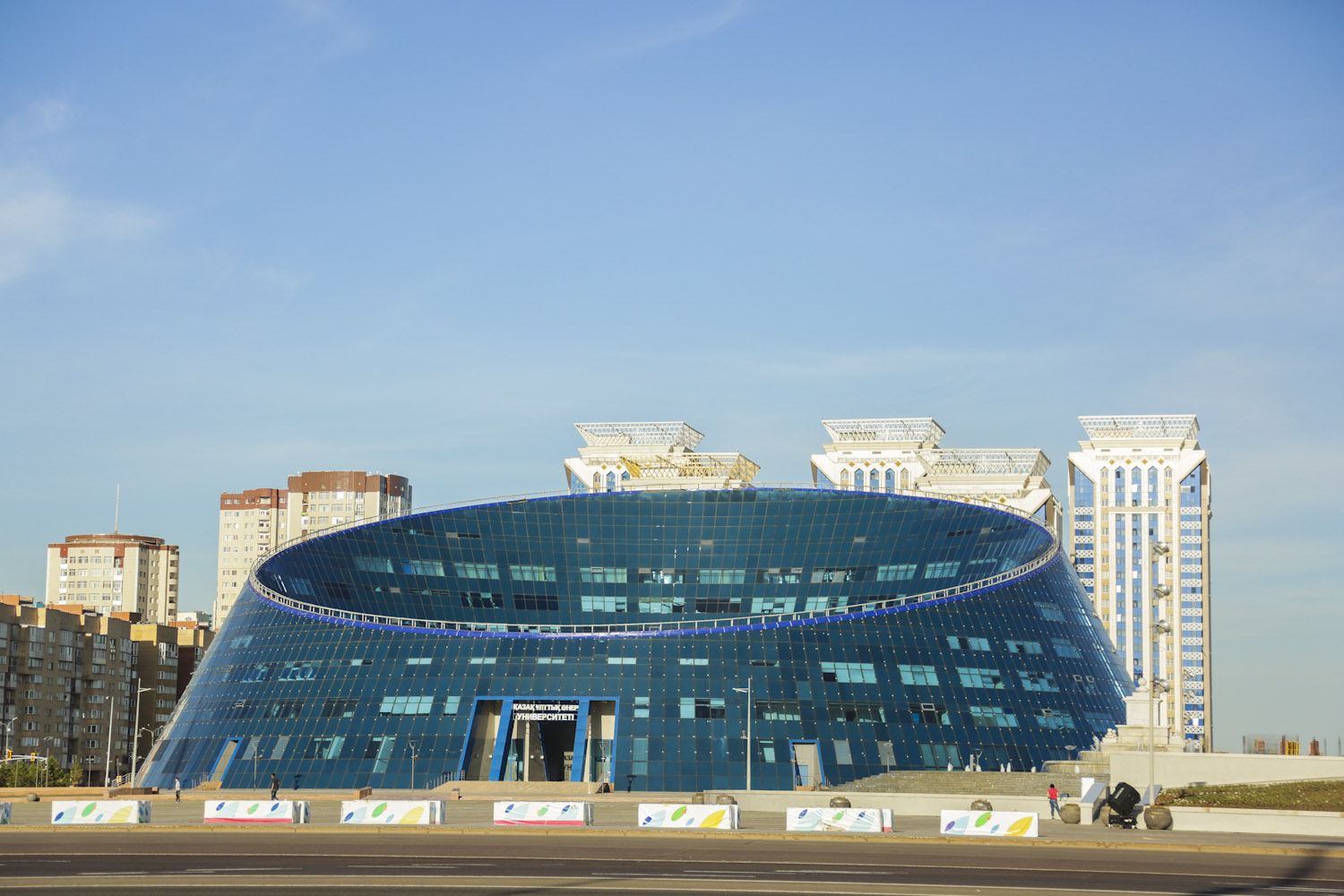
The Shabyt Palace is part of the National University of Arts, housing several concert halls as well as sports and lecture rooms. The building stands out from its surroundings because of its concave shape. Its turquoise blue exterior, made with blue glass, also adds to its atypical look.
Nur Alem, the Museum of Future Energy
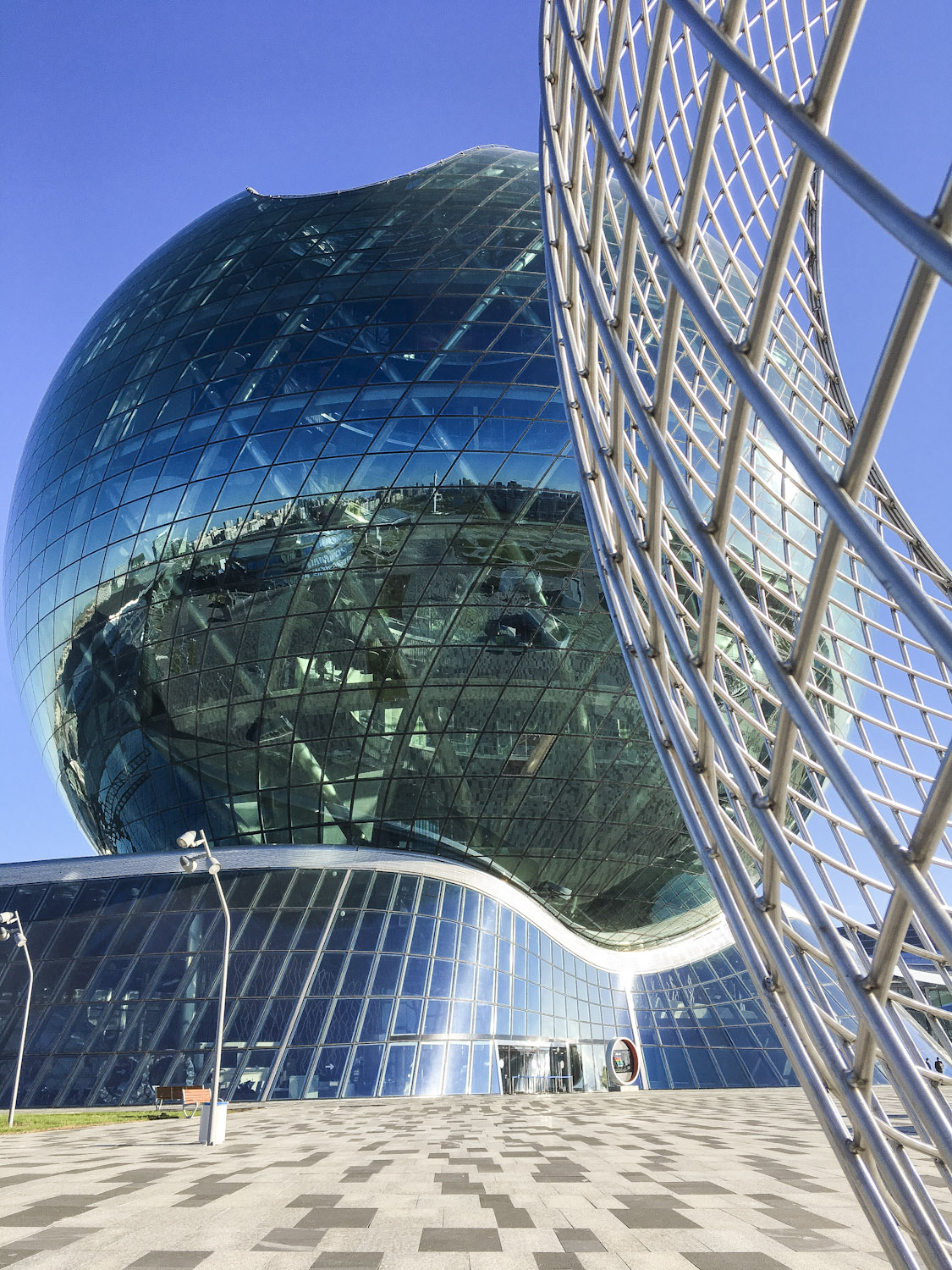
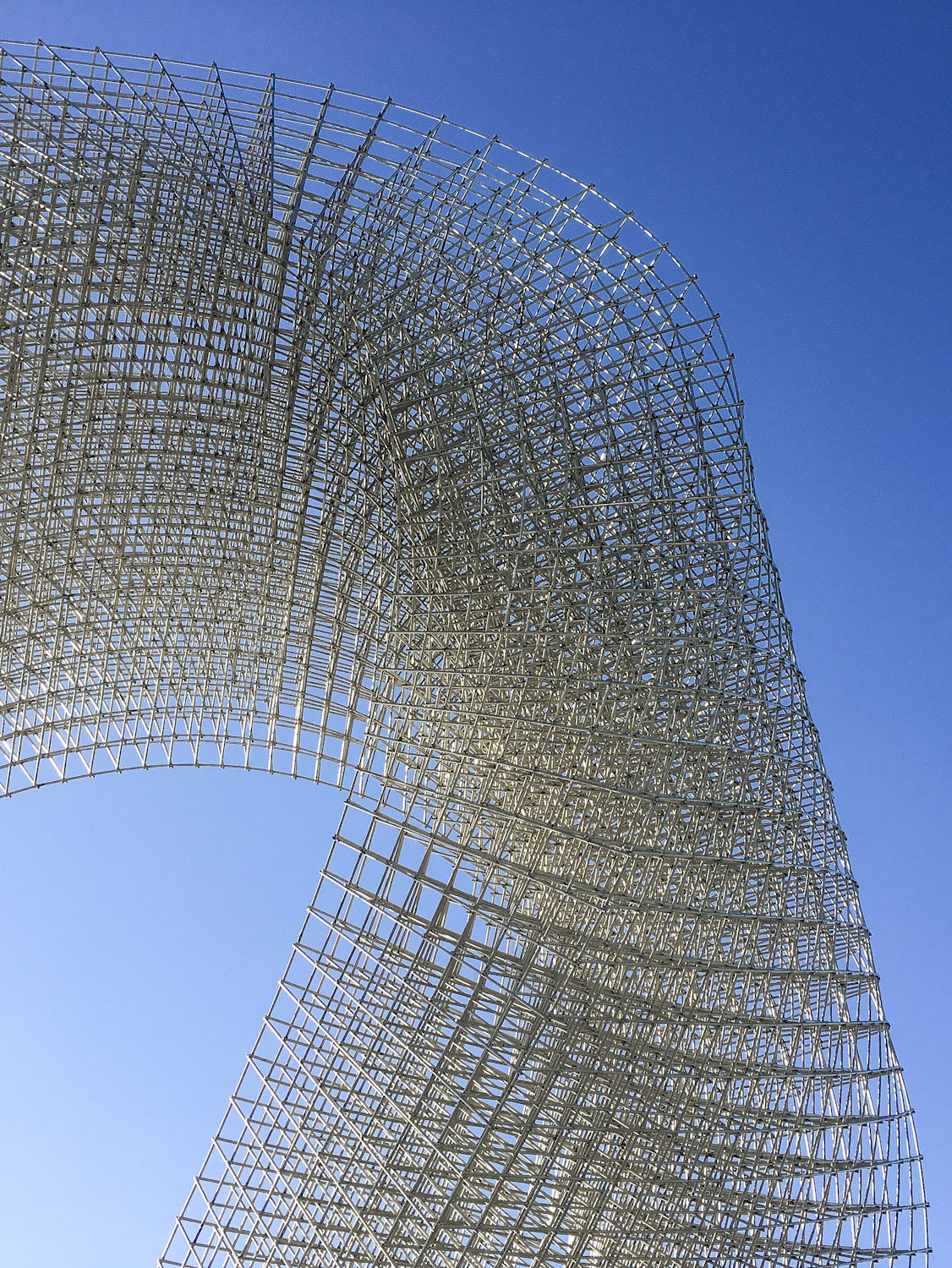
Nur Alem is Nur-Sultan’s iconic spherical-shaped building, which is also the largest spherical building in the world (height: 100 meters; diameter: 80 metres). It was built in 2017 and was designed by American architect duo Adrian Smith and Gordon Gill for the EXPO-2017 that took place in the Kazakh capital. This huge sphere was the Kazakh pavilion and Science Museum. Nowadays, the building houses several cultural facilities, including the exhibition ‘Future Energy’.
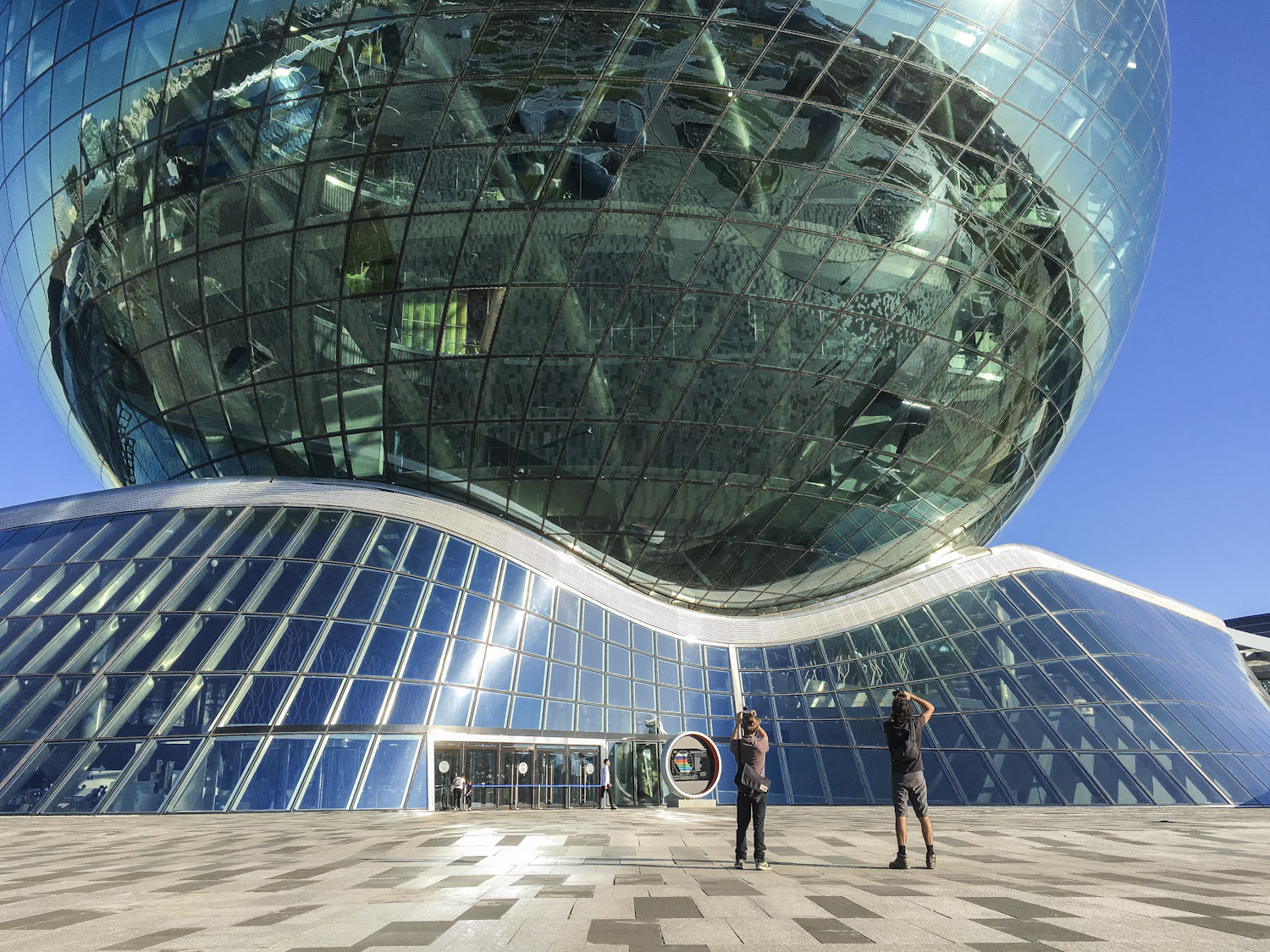
The visitor is shown the lift to the eighth floor, where the exhibition actually starts. From there each floor is dedicated to different types of energy: solar energy, wind energy, space energy, bio energy, hydro energy and kinetic energy. All projects are intended to be implemented sometime in the future in Nur-Sultan.
Entrance Fee: Around 3 EUR
Kazakh Eli Monument
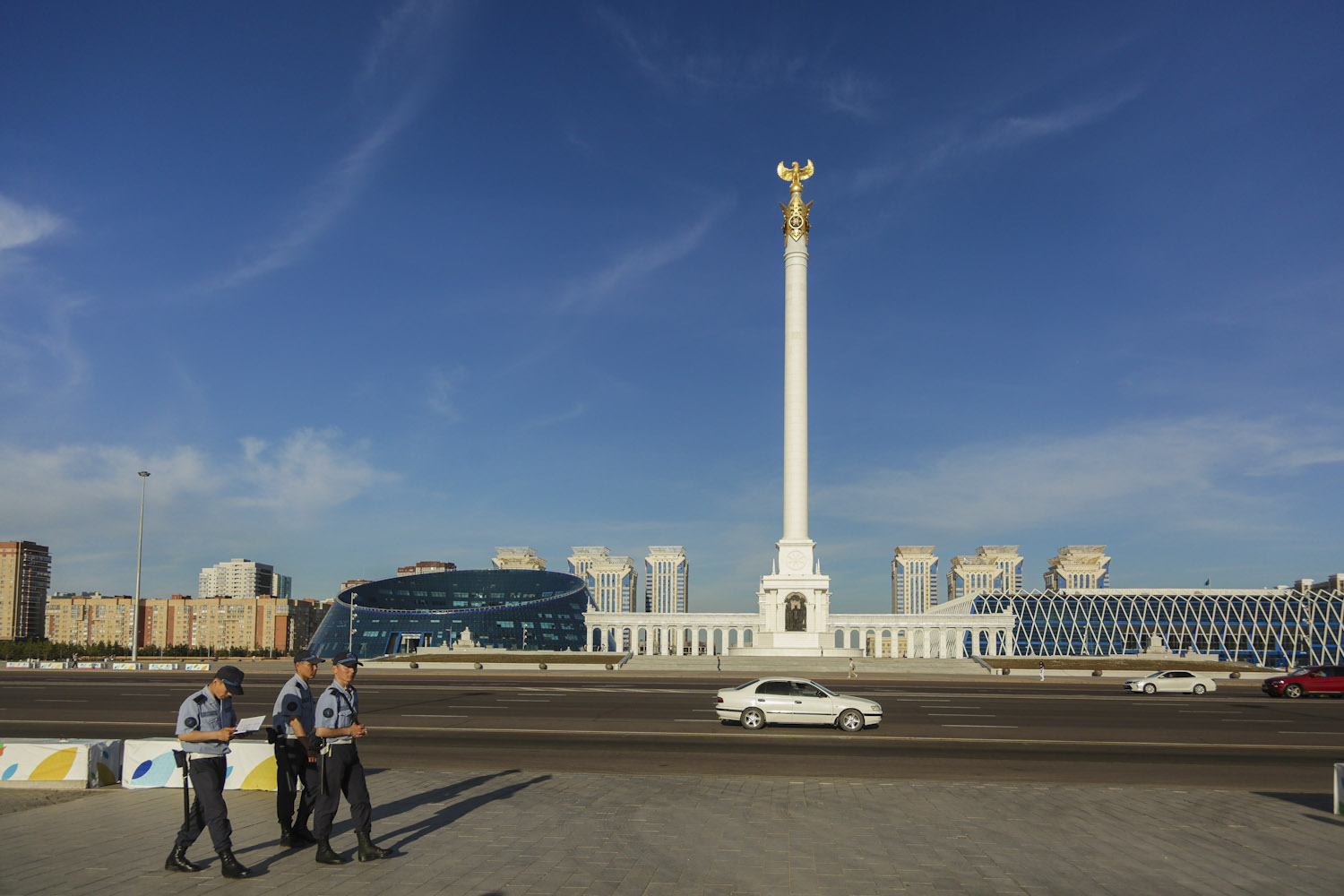
Kazakh Eli means the ‘The Country of Kazakhs’ and is a tribute to the independence of the country, therefore this stela stands in the middle of Independence Square. The monument is 91-metres high and on top of it sits the mythological figure of Samruk (the same bird represented in the Bayterek tower). There is a reason why the precise heigh of the stela is 91 metres. This number stands as a symbol for 1991, the year when independence was gained.
Mangilik el Triumphal Arch
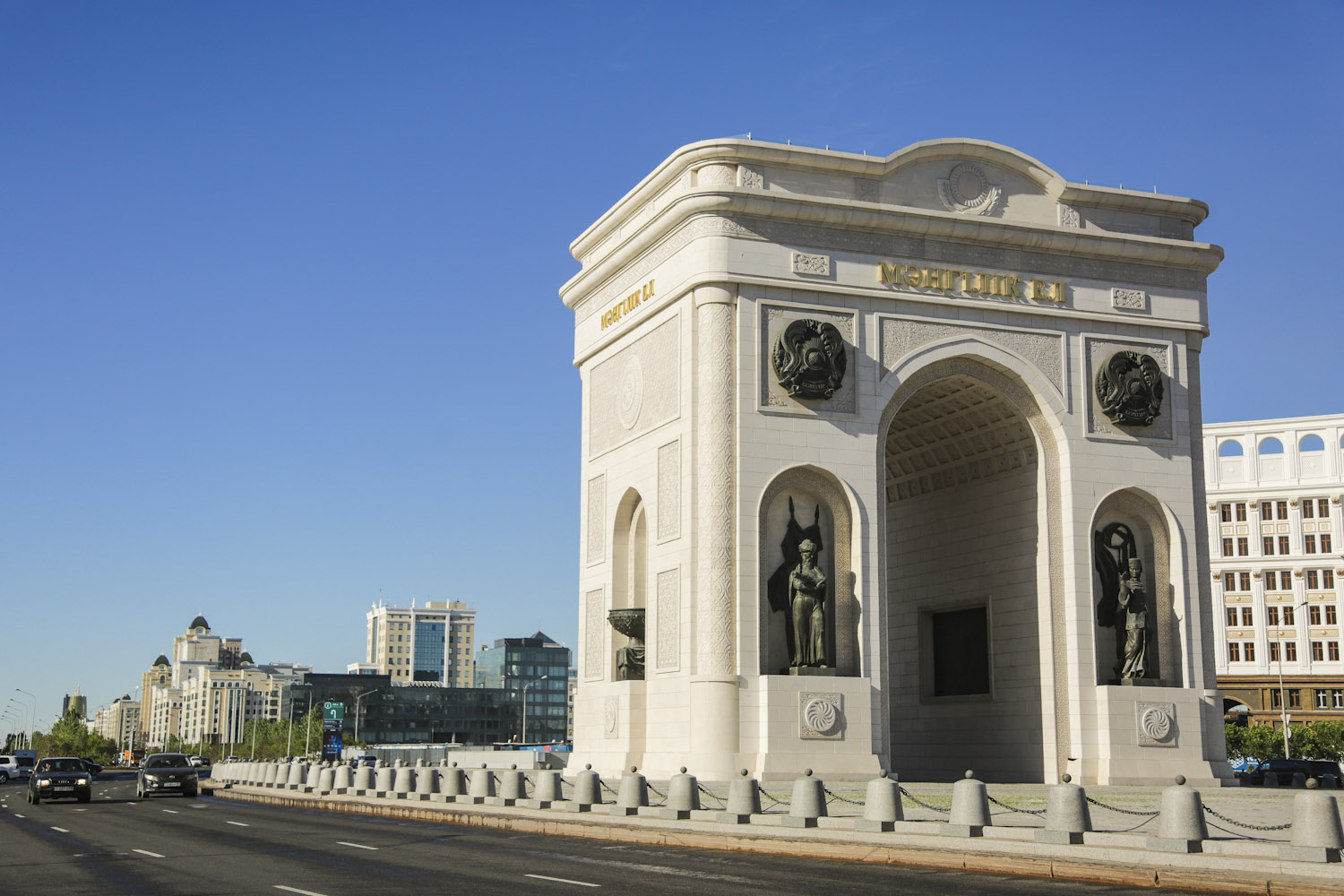
The triumphal arch Mangilik el (meaning ‘Eternal Country’) was erected in 2011 to honour the 20th anniversary of independence in Kazakhstan. As usual in Kazakh architecture, the building’s height (20 metres) was chosen due to the 20 years of independence it celebrates. At the top, there is an observation platform, which offers magnificent views of the capital’s skyline.
Entrance fee: Around 1 EUR
Astana Circus
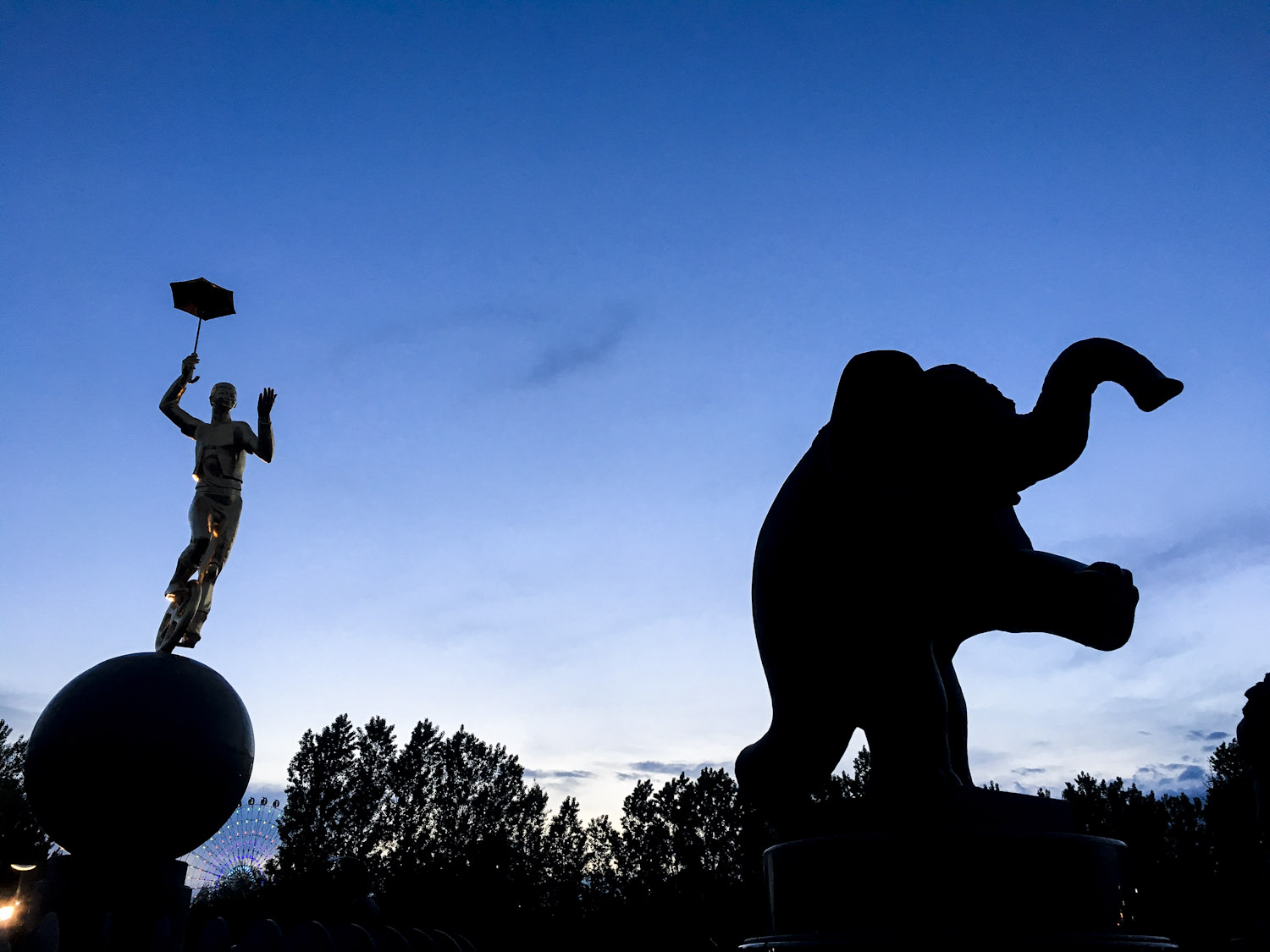
The silver flying-saucer building belongs to the Astana Circus, an entertaining institution in the city of Nur-Sultan, and one of the most important circus in the country. It employs around 300 people, between artists and staff. The stage is 13 metres in diameter with place for 2,000 spectators in the grandstands. The artists of this circus go often on international tours through Asia, where they are highly acclaimed.
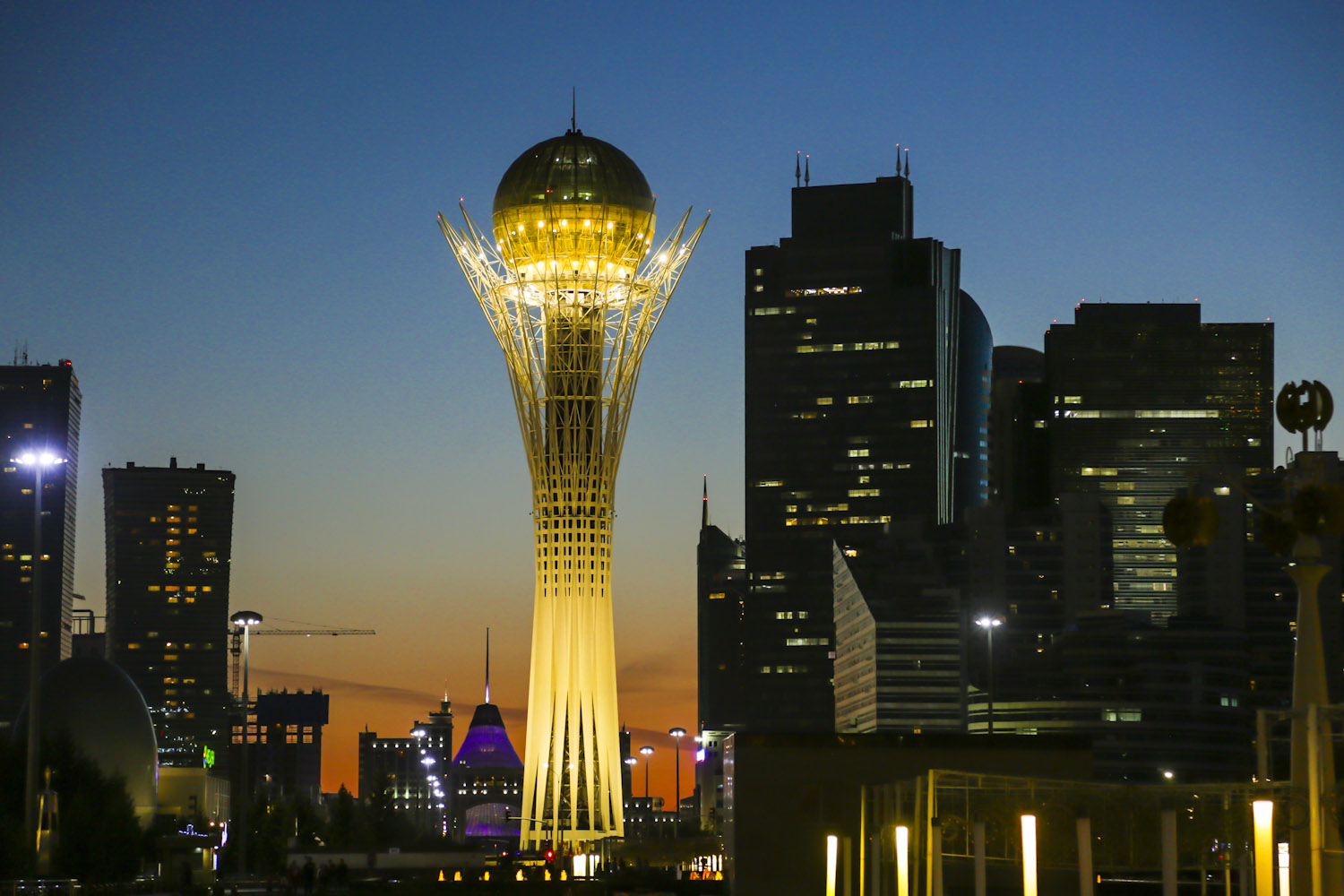
Pin For Later
Click one of the images to save it on your Pinterest


